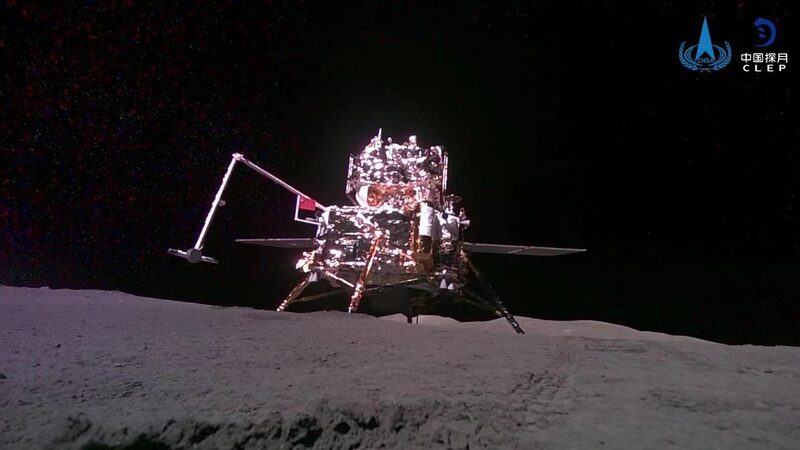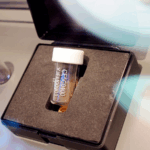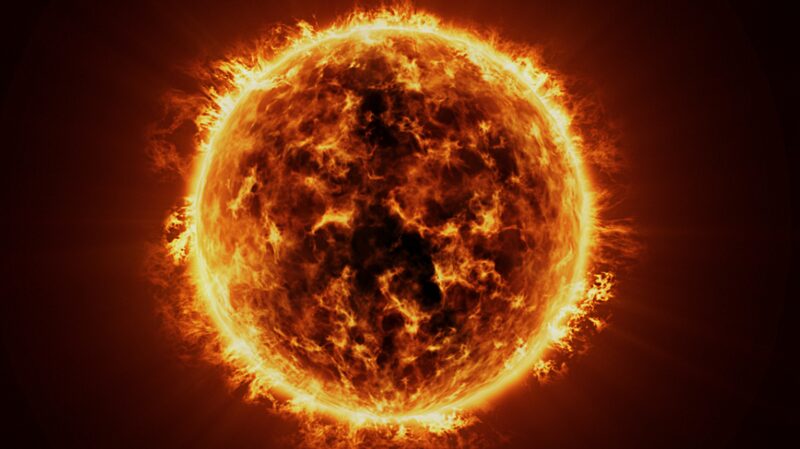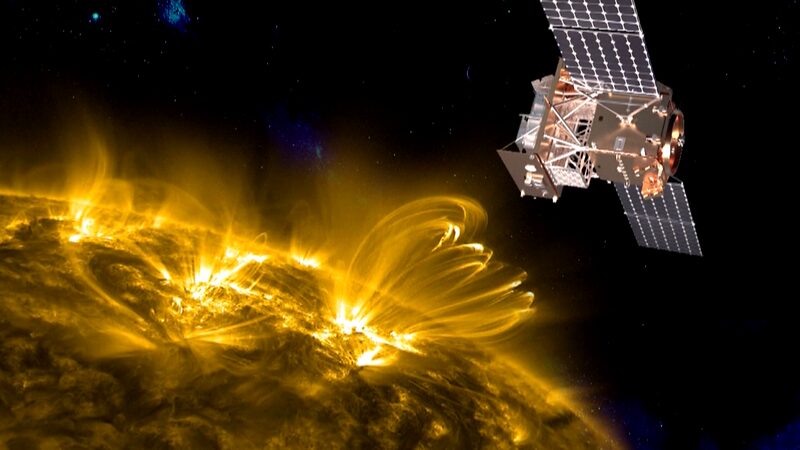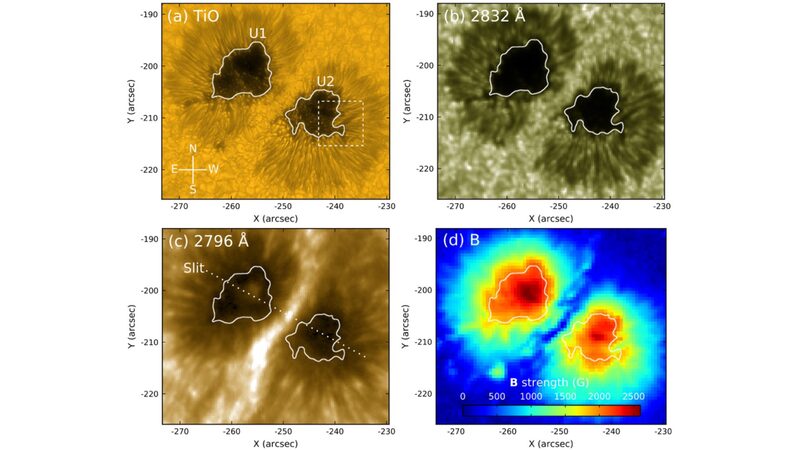In a groundbreaking study that bridges the gap between surface phenomena and deep Earth processes, scientists from China and Romania have discovered that solar radiation may significantly impact the Earth’s mantle. The collaborative research, recently published in the prestigious journal Nature Communications, sheds new light on how the sun’s rays influence geological activities far beneath our feet.
The research team, comprising experts from the Institute of Geology and Geophysics (IGG) at the Chinese Academy of Sciences, the China University of Geosciences, and the University of Bucharest, explored how variations in solar radiation across different latitudes affect Earth’s interior. “This unexpected pattern suggests that the Earth’s surface environment and climate, influenced by solar radiation, have a profound effect on mantle processes,” said Wan Bo, co-author of the study and a researcher at IGG.
Solar Radiation’s Ripple Effect
Solar radiation varies with latitude, creating temperature gradients on the ocean’s surface. These gradients influence the distribution of marine organisms rich in carbon. When these organisms die, they settle on the ocean floor and are transported into Earth’s interior through the subduction of oceanic plates. This process significantly affects the redox state of arc magma deep within the Earth.
“The observed pattern offers new directions for exploring resources and understanding the environmental effects of subduction systems at different latitudes,” noted Hu Fangyang, the study’s corresponding author and a researcher at IGG.
Implications for Critical Resources
The team analyzed thousands of magma samples from various depths and locations around the globe. They examined tiny melt inclusions within olivine minerals and bulk rock data to determine the redox state of arc magma. Their findings revealed that magma in lower-latitude regions is less oxidized than in higher-latitude areas. The abundance of reduced carbon deposits in lower latitudes, which interact with sulfur to form sulfide, is transported into the mantle, contributing to this redox pattern.
This research has significant implications for the exploration and availability of critical metal ores such as copper, tin, and lithium, which are sensitive to redox conditions. Understanding the spatial and temporal distribution of redox states at global subduction zones could aid in predicting where these valuable resources might be located.
A New Chapter in Earth Sciences
The study’s findings highlight the intricate connection between the sun’s radiation, oceanic life, and deep Earth processes. By demonstrating how surface climatic conditions can influence the planet’s interior, the research opens new avenues for scientists, investors, and explorers interested in Asia’s dynamic and influential role in global geological discoveries.
Reference(s):
cgtn.com



